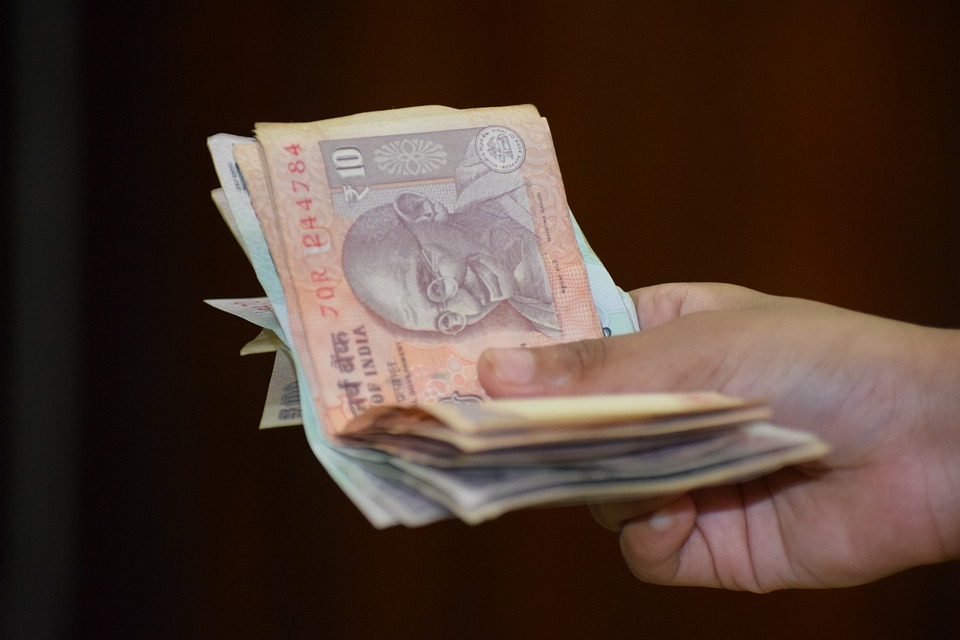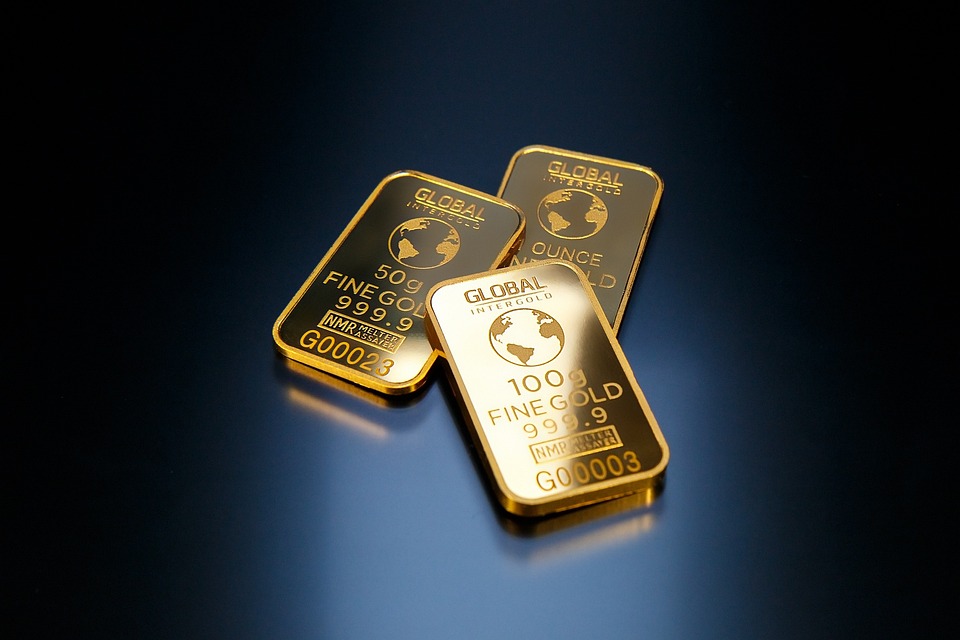Supply-side economics, also known as Reaganomics or trickle-down economics, is an economic theory that focuses on stimulating economic growth by increasing the production and supply of goods and services. It aims to enhance the business environment by reducing taxes, regulations, and government intervention, thereby incentivizing entrepreneurship and fostering innovation. While this approach has been met… Continue reading Supply-Side Economics and the Business Environment: How it Impacts Entrepreneurship and Innovation
Supply-Side Economics and the Business Environment: How it Impacts Entrepreneurship and Innovation










